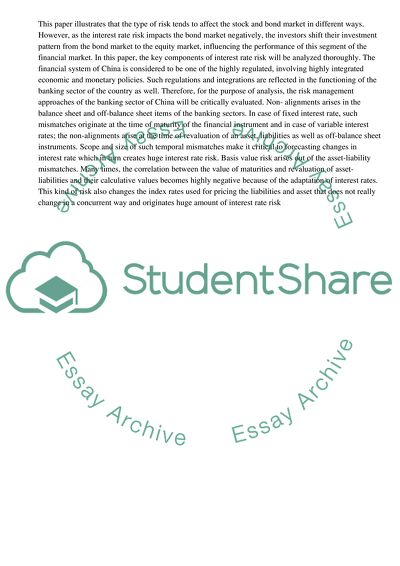Cite this document
(“Key Components of Interest Rate Risk and Approaches of Risk Management Essay”, n.d.)
Key Components of Interest Rate Risk and Approaches of Risk Management Essay. Retrieved from https://studentshare.org/management/1693680-analyse-the-key-components-of-interest-rate-risk-and-evaluate-the-approaches-of-risk-management-for-chinese-banks
Key Components of Interest Rate Risk and Approaches of Risk Management Essay. Retrieved from https://studentshare.org/management/1693680-analyse-the-key-components-of-interest-rate-risk-and-evaluate-the-approaches-of-risk-management-for-chinese-banks
(Key Components of Interest Rate Risk and Approaches of Risk Management Essay)
Key Components of Interest Rate Risk and Approaches of Risk Management Essay. https://studentshare.org/management/1693680-analyse-the-key-components-of-interest-rate-risk-and-evaluate-the-approaches-of-risk-management-for-chinese-banks.
Key Components of Interest Rate Risk and Approaches of Risk Management Essay. https://studentshare.org/management/1693680-analyse-the-key-components-of-interest-rate-risk-and-evaluate-the-approaches-of-risk-management-for-chinese-banks.
“Key Components of Interest Rate Risk and Approaches of Risk Management Essay”, n.d. https://studentshare.org/management/1693680-analyse-the-key-components-of-interest-rate-risk-and-evaluate-the-approaches-of-risk-management-for-chinese-banks.


